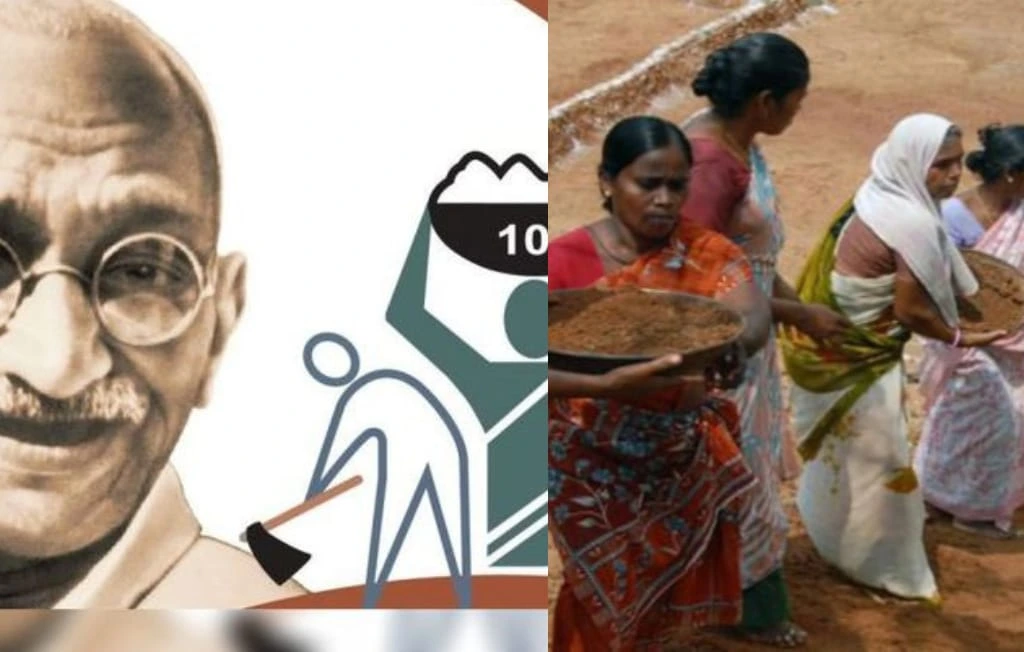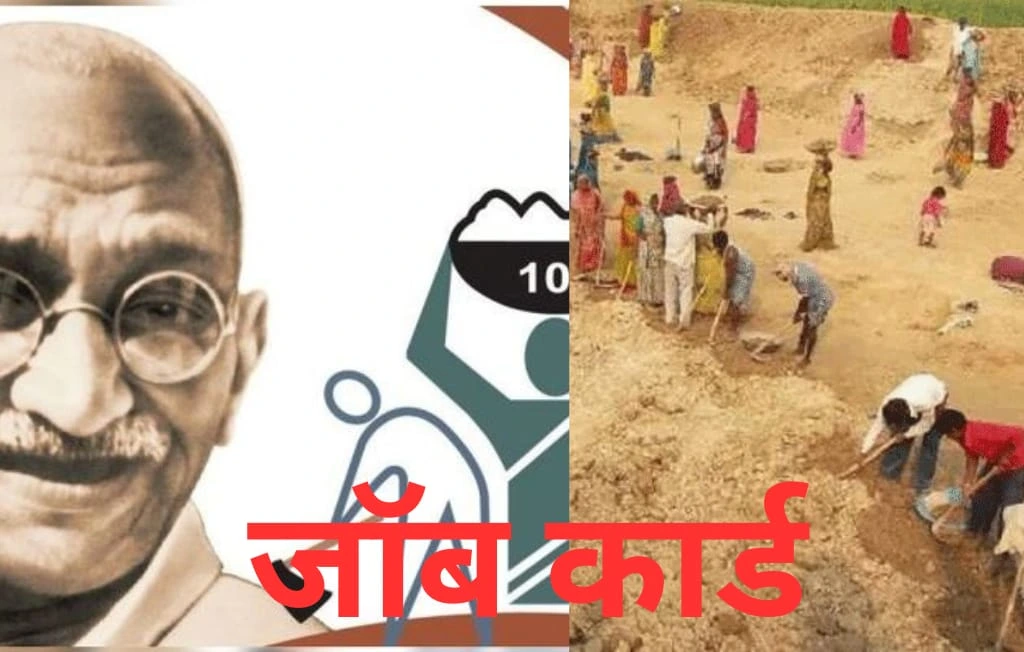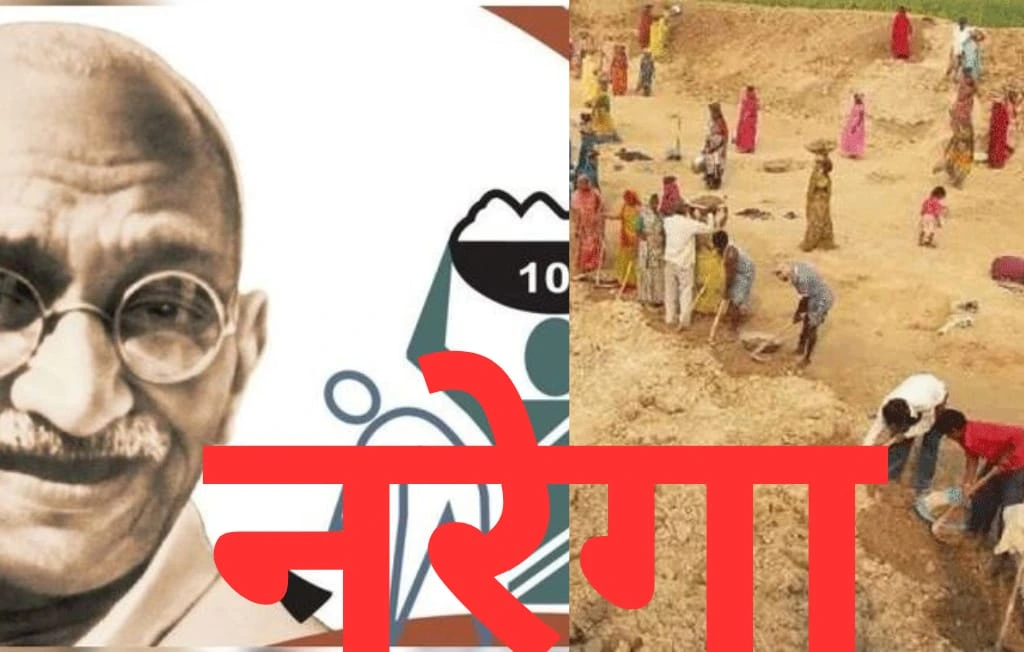by Amreen Ahmad
Gyanvapi is a Buddhist monastery…’, spritual leader files petition in Supreme Court
The Allahabad High Court today allowed the ASI to conduct a survey in the Gyanvapi mosque case in Varanasi. In fact, on July 21, the Varanasi quarter judge ordered an ASI survey of Gyanvapi. The Muslim side had first challenged the decision of the ASI survey in the Supreme Court and then in the High Court. Now the High Court dismissed this solicitation. The Allahabad High Court said, “ASI (The Archaeological Survey of India) survey is necessary in the interest of justice. It needs to be enforced under certain conditions.

But a new twist in the case came today when the Buddhist religious leader claimed in the Supreme Court that it was his cloister. The Buddhist religious leader filed a writ in the Supreme Court and said that Gyanvapi is not a temple or mosque but a Buddhist cloister. According to Buddhist religious leader Sumit Ratan Bhante, there are many such temples in the country, which have been built by breaking Buddhist monasteries. The Trishul and Swastika symbols found in Gyanvapi belong to Buddhism. What is being described as Jyotirlinga in Kedarnath or Gyanvapi are stupas of Buddhism. Gyanvapi is neither a mosque nor a temple but a Buddhist monastery. According to the Buddhist guru, Islam came 1500 years ago and Hinduism came 1200 years ago. But Buddhism dates back to two and a partial thousand years ago. The tradition of collective division that has started in the country is not applicable. He said that Buddhist cloisters should also be surveyed and returned to the Buddhist society. However, there would have been a Buddhist Cloister there, If it was the right decision.





